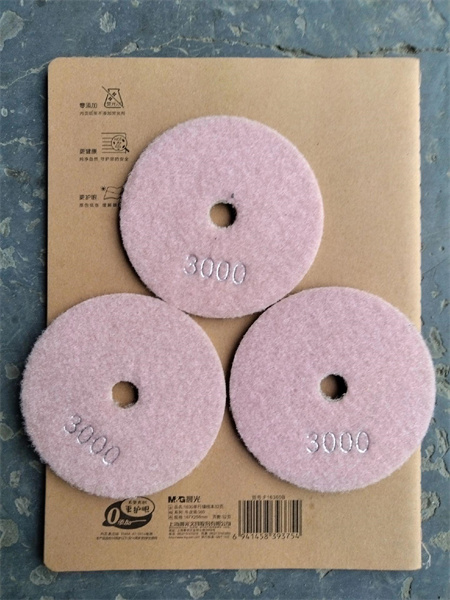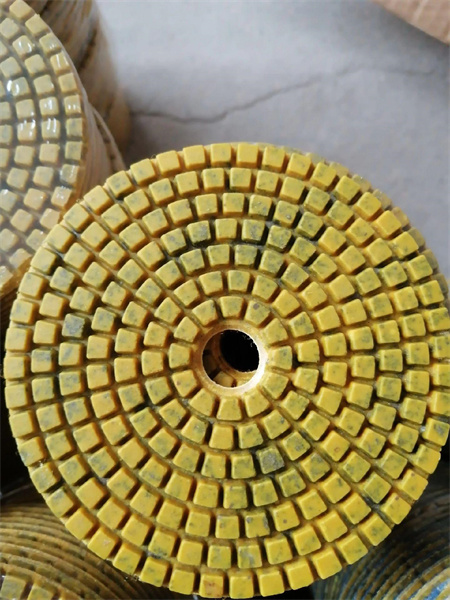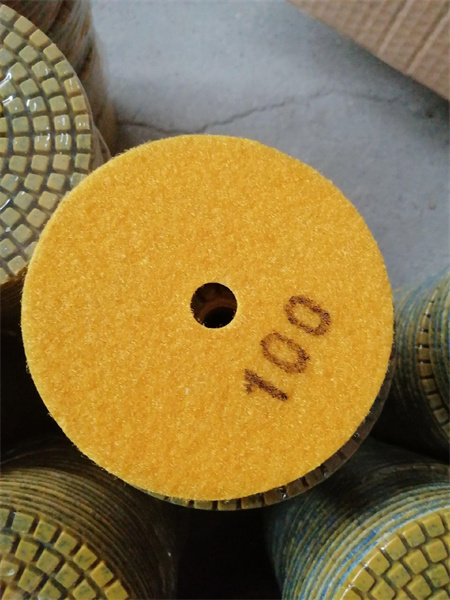Teaching Proper Maintenance Techniques for Diamond Pads
Diamond pads are crucial tools for a variety of industries, from flooring to automotive detailing, offering unmatched performance and durability. These pads are engineered to grind, polish, and finish surfaces to a high level of perfection. But like all tools, maintaining diamond pads properly is key to maximizing their lifespan and ensuring their continued effectiveness. Whether you’re working with concrete, marble, or granite, understanding how to properly care for your diamond pads can make a world of difference in both results and cost-efficiency.
First, it’s essential to understand what makes diamond pads unique. The small diamonds embedded in the pads are extremely hard and capable of handling tough materials. However, despite their toughness, these pads require proper care to avoid premature wear and tear. Regular maintenance not only extends the life of the pads but also ensures that they continue to deliver high-quality results.
One of the most important maintenance techniques is cleaning. After each use, always clean your diamond pads thoroughly. Whether you’re polishing floors or cutting through tough stone, debris can accumulate on the surface of the pads. This can clog the diamonds and prevent them from working at peak performance. Using a brush to gently scrub the surface is often enough to remove most of the material buildup. For stubborn residues, soaking the pads in warm water with a mild detergent can break down the residue without damaging the diamonds.
Once the pads are clean, inspect them closely. Look for signs of damage, such as cracks, missing diamonds, or unusual wear patterns. Regularly checking the condition of your pads ensures that you can replace or repair them before the damage affects your work quality. If you notice excessive wear in one area, it could indicate that the pad was used improperly, such as applying too much pressure during use. Keep in mind that even diamond pads have their limits, and pushing them beyond those limits can cause irreparable damage.
Another key aspect of maintaining diamond pads is ensuring proper storage. After cleaning and inspecting, store the pads in a cool, dry place. Avoid leaving them in areas where they might be exposed to extreme temperatures, moisture, or direct sunlight for extended periods. The environment in which the pads are stored plays a significant role in their longevity. If you’re storing the pads for an extended period, consider placing them in a sealed container or bag to prevent any contaminants from affecting the pad’s surface.
When it comes to the actual usage of diamond pads, proper technique is crucial. Overworking the pad, using too much pressure, or operating the tool at an incorrect speed can all cause the pad to wear down much faster. Always follow the manufacturer’s guidelines for speed and pressure settings, and adjust based on the type of surface you are working on. For example, harder materials like granite require different settings than softer materials like marble. Ensuring the pad is suited for the task at hand will prevent unnecessary stress and wear on both the pad and the surface.
For those working with diamond pads on concrete, it’s also essential to keep the surface wet when grinding or polishing. This not only reduces heat buildup but also minimizes the chances of debris sticking to the pad. Dry grinding or polishing can cause friction, leading to overheating and reducing the lifespan of your pads. Additionally, wet surfaces allow the pads to work more efficiently, producing a smoother finish.

Finally, don’t forget the importance of choosing the right pad for the job. Not all diamond pads are created equal, and using the wrong pad can lead to premature damage or subpar results. Pads come in different grits, and selecting the right one based on the job is crucial. A finer grit pad is suitable for polishing, while a coarser grit is ideal for grinding or removing tough surface layers. Using the appropriate grit ensures that you’re getting the best performance out of your pad, while also reducing unnecessary wear.
Maintaining diamond pads isn’t just about extending their life; it’s about maximizing their potential for optimal results. By investing time in regular cleaning, inspection, and proper usage, you can ensure that your diamond pads continue to perform at their best. Treat your tools with care, and they will return the favor with exceptional performance and longevity. The ultimate goal is to achieve the highest quality results without prematurely wearing out your pads, and with the right maintenance, that’s entirely possible.

